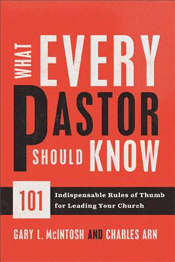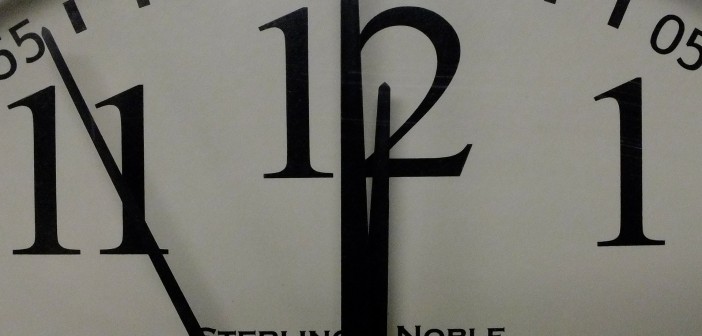The first impression guests leave with determines whether they will be back. So what is it that goes into a good first impression?
We interviewed a number of people who had recently visited a church for the first time. We asked them what made the biggest impression on them and what effect it had on their decision to return the following week. It was the friendliness of the people. Regardless of denominational affiliation, attractiveness of the facilities, eloquence of the preacher, breadth of the program, or quality of the music, visitors seem to be most impressed with friendliness.
How Do Visitors Define Friendliness
How do visitors determine the friendliness of a church? We asked our interviewees. Their response was simple, yet insightful. Visitors determine the friendliness of a church by the number of people who talk with them! That’s it. Simple but significant!
We asked them one more question: “When did you conclude that the church you visited was — or was not — a friendly church?” More than any other, the critical time for making a friendly impression is the ten minutes right after the service ends.
Leaving is a group experience …. This can be the loneliest moment of all if everyone else is greeting friends as the visitor walks up the aisle in a pocket of isolated silence.
Consider the experience as perceived by newcomers. Entering the worship center is experienced as a sort of individual act, since people do it more or less separately. Leaving, however, is a group experience, since it happens together. This can be the loneliest moment of all if everyone else is greeting friends as the visitor walks up the aisle in a pocket of isolated silence.
What You Can Do
After-service hosts. This is a group of four to five people (for a congregation of around two hundred) who are on the lookout for people who seem to be new or who are standing alone. Their job is simply to initiate a conversation, perhaps invite the person to the coffee hour, offer to show him or her around the church facilities, and introduce the person to the pastor. In the overall visitor strategy, after-service hosts can perform a vital function.
Greeting time at the end of the service. It’s common for churches to include a time of greeting during the service. This is nice but not particularly helpful in terms of welcoming newcomers. Most people simply turn to the persons next to them, smile, shake their hands, say good morning, and then go on. Some creative  churches have moved the greeting time to the last event of the service. The pastor may give the final prayer, then encourage people to greet their neighbor. This makes it easier to have a conversation that isn’t abruptly cut short by the next event in the service.
churches have moved the greeting time to the last event of the service. The pastor may give the final prayer, then encourage people to greet their neighbor. This makes it easier to have a conversation that isn’t abruptly cut short by the next event in the service.
This article is adapted from What Every Pastor Should Know (2013) published by Baker Books, a division of Baker Publishing Group. Used by permission. All rights to this material are reserved. Material is not to be reproduced, scanned, copied, or distributed in any printed or electronic form without written permission from Baker Publishing Group.
Related Resources:







